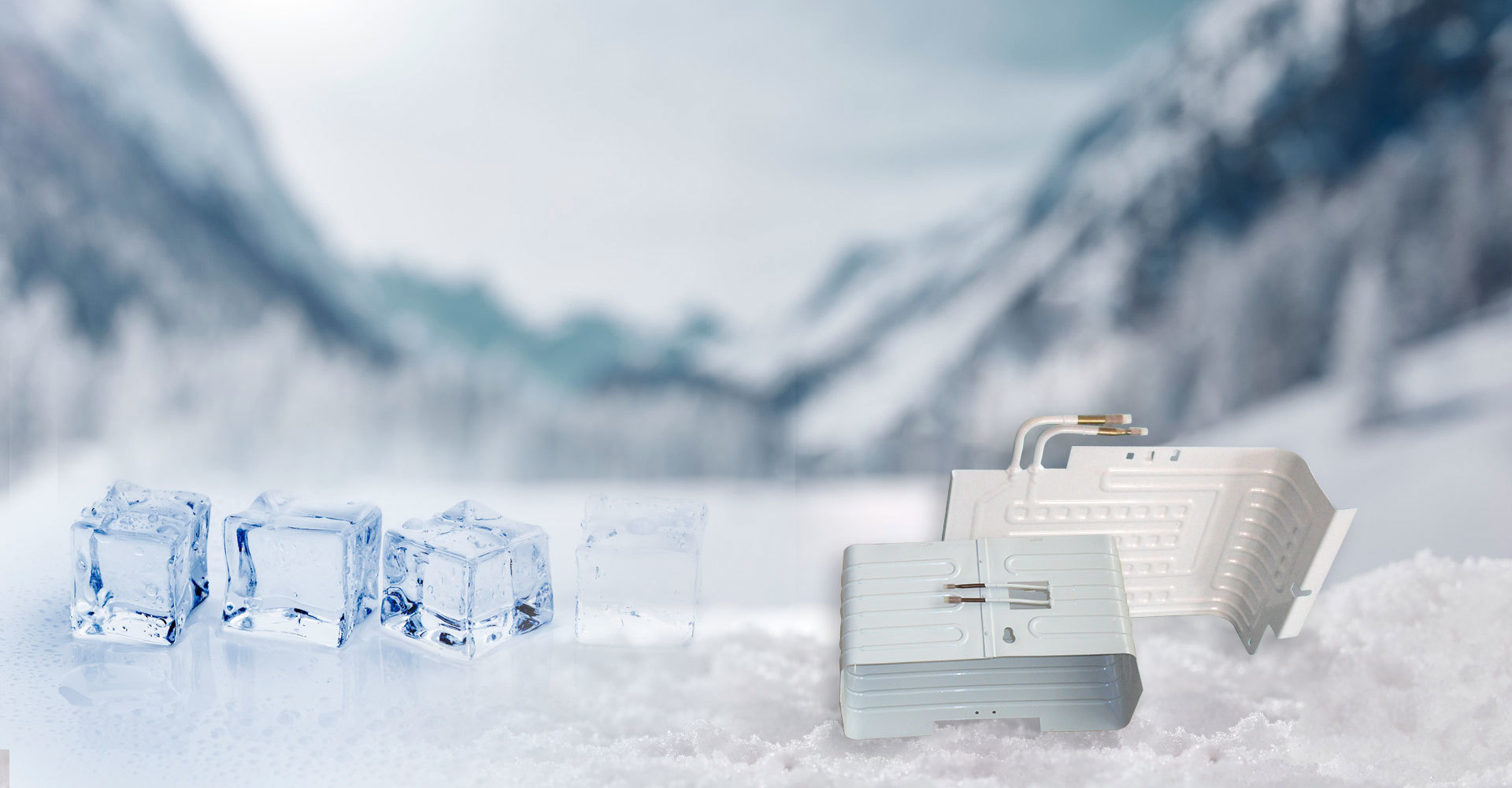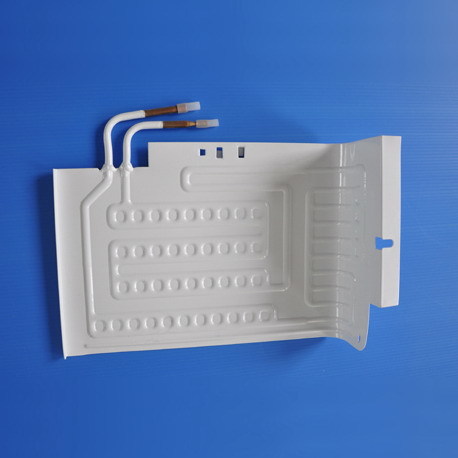Heat Exchanger Plates: Enhancing Efficiency in Industrial Heat Transfer
Introduction: Heat exchanger plates are fundamental components of industrial equipment that specialize in transferring heat between two fluids, ensuring efficient processes across various industries. These plates facilitate the exchange of thermal energy by maximizing the surface area available for heat transfer. In this article, we will explore the significance of heat exchanger plates, their app
Published:
2024-01-24
source:
author:
Introduction:
Heat exchanger plates are fundamental components of industrial equipment that specialize in transferring heat between two fluids, ensuring efficient processes across various industries. These plates facilitate the exchange of thermal energy by maximizing the surface area available for heat transfer. In this article, we will explore the significance of heat exchanger plates, their applications, benefits, and key factors to consider when choosing the right plate for your industrial heat exchange needs.
1. Applications:
Heat exchanger plates find widespread usage in diverse industries, including chemical, oil and gas, power generation, HVAC, food and beverage, and many more. These plates are employed in applications such as:
- Heating and cooling processes
- Energy recovery systems
- Heat pumps and refrigeration
- Waste heat recovery
- Condensation and evaporation
- Pasteurization and sterilization
2. Benefits of Heat Exchanger Plates:
Heat exchanger plates offer several advantages that contribute to enhanced efficiency and cost-effectiveness in heat transfer applications. Some key benefits include:
- High heat transfer coefficients: The unique design of heat exchanger plates promotes turbulent flow, resulting in improved thermal performance.
- Compact size: Heat exchanger plates allow for a significant reduction in size and weight compared to traditional heat exchanger designs, saving valuable space.
- Flexibility and scalability: The modular nature of heat exchanger plates enables easy customization and expansion based on specific requirements.
- Reduced maintenance costs: The design minimizes fouling and scaling, reducing the need for frequent cleaning and maintenance.
- Energy efficiency: Heat exchanger plates optimize heat recovery and minimize energy consumption, leading to cost savings.
3. Factors to Consider:
When selecting heat exchanger plates for your industrial equipment, consider the following factors:
- Fluid compatibility: Ensure that the materials used for the plates are compatible with the fluids being processed to prevent corrosion or contamination.
- Thermal performance: Evaluate the heat transfer efficiency and pressure drop characteristics of the plates to meet your specific application requirements.
- Plate design and pattern: Different plate designs (e.g., corrugated, dimpled, or plain) and patterns (e.g., parallel or diagonal) offer varying performance advantages. Choose the most suitable design for your needs.
- Cleaning and maintenance: Consider the ease of cleaning and the accessibility of the plates for maintenance purposes to minimize downtime and associated costs.
- Plate thickness and material: The choice of plate thickness and material affects the durability, resistance to corrosion, and thermal conductivity of the plates.
In conclusion, heat exchanger plates are indispensable components in industrial heat transfer equipment. They provide numerous benefits, including high thermal efficiency, compactness, and energy savings. By considering the appropriate factors during the selection process, you can optimize heat transfer operations in your industrial applications. Embrace the potential of heat exchanger plates to enhance efficiency and productivity in your industry.
Heat exchanger plates are fundamental components of industrial equipment that specialize in transferring heat between two fluids, ensuring efficient processes across various industries. These plates facilitate the exchange of thermal energy by maximizing the surface area available for heat transfer. In this article, we will explore the significance of heat exchanger plates, their applications, benefits, and key factors to consider when choosing the right plate for your industrial heat exchange needs.
1. Applications:
Heat exchanger plates find widespread usage in diverse industries, including chemical, oil and gas, power generation, HVAC, food and beverage, and many more. These plates are employed in applications such as:
- Heating and cooling processes
- Energy recovery systems
- Heat pumps and refrigeration
- Waste heat recovery
- Condensation and evaporation
- Pasteurization and sterilization
2. Benefits of Heat Exchanger Plates:
Heat exchanger plates offer several advantages that contribute to enhanced efficiency and cost-effectiveness in heat transfer applications. Some key benefits include:
- High heat transfer coefficients: The unique design of heat exchanger plates promotes turbulent flow, resulting in improved thermal performance.
- Compact size: Heat exchanger plates allow for a significant reduction in size and weight compared to traditional heat exchanger designs, saving valuable space.
- Flexibility and scalability: The modular nature of heat exchanger plates enables easy customization and expansion based on specific requirements.
- Reduced maintenance costs: The design minimizes fouling and scaling, reducing the need for frequent cleaning and maintenance.
- Energy efficiency: Heat exchanger plates optimize heat recovery and minimize energy consumption, leading to cost savings.
3. Factors to Consider:
When selecting heat exchanger plates for your industrial equipment, consider the following factors:
- Fluid compatibility: Ensure that the materials used for the plates are compatible with the fluids being processed to prevent corrosion or contamination.
- Thermal performance: Evaluate the heat transfer efficiency and pressure drop characteristics of the plates to meet your specific application requirements.
- Plate design and pattern: Different plate designs (e.g., corrugated, dimpled, or plain) and patterns (e.g., parallel or diagonal) offer varying performance advantages. Choose the most suitable design for your needs.
- Cleaning and maintenance: Consider the ease of cleaning and the accessibility of the plates for maintenance purposes to minimize downtime and associated costs.
- Plate thickness and material: The choice of plate thickness and material affects the durability, resistance to corrosion, and thermal conductivity of the plates.
In conclusion, heat exchanger plates are indispensable components in industrial heat transfer equipment. They provide numerous benefits, including high thermal efficiency, compactness, and energy savings. By considering the appropriate factors during the selection process, you can optimize heat transfer operations in your industrial applications. Embrace the potential of heat exchanger plates to enhance efficiency and productivity in your industry.
Hot News
Mobile website

language
English
العربية
বাংলাদেশ
Български
Hrvatski
Česky
Dansk
Nederland
 Esperanto
Esperanto
Slovenski
Filipino
Suomi
Français
Maori
 Shqiptare
Shqiptare
Georgian
 Euskara
Euskara
Deutsch
Ελλάδα
ישראל
इंडिया
Magyarország
Ísland
Indonesia
Irlanda
Italia
日本語
Sovensko
Հայաստան
한국
Kyrgyz
ປະເທດລາວ
 Zulu
Zulu
Latvian
Lithuanian
Luxembourgish
 Latinus
Latinus
Macedonian
Малайская
Maltese
Монгол улс
 Cymraeg
Cymraeg
ဗမာ
 தமிழ்
தமிழ்
नेपाल
Norge
ایران
Polska
Portugal
România
Российская
Србија
 Slovak
Slovak
Србија
 Slovak
Slovak
Bosanski
Slovenian
Беларус
España
Sverige
Точик
ประเทศไทย
Türk
Azərbaycan
Uzbek
 Afrikaans
Afrikaans
Việt Nam
Tel: 0086-13775291367
E-mail: michael@xinxincool.com
ADD:No. 32 Tianshan Road, Xinqiao Town, Xinbei District, Changzhou City, Jiangsu Province
Copyright © 2024 Changzhou Xinxin Refrigeration Equipment Co., Ltd.





